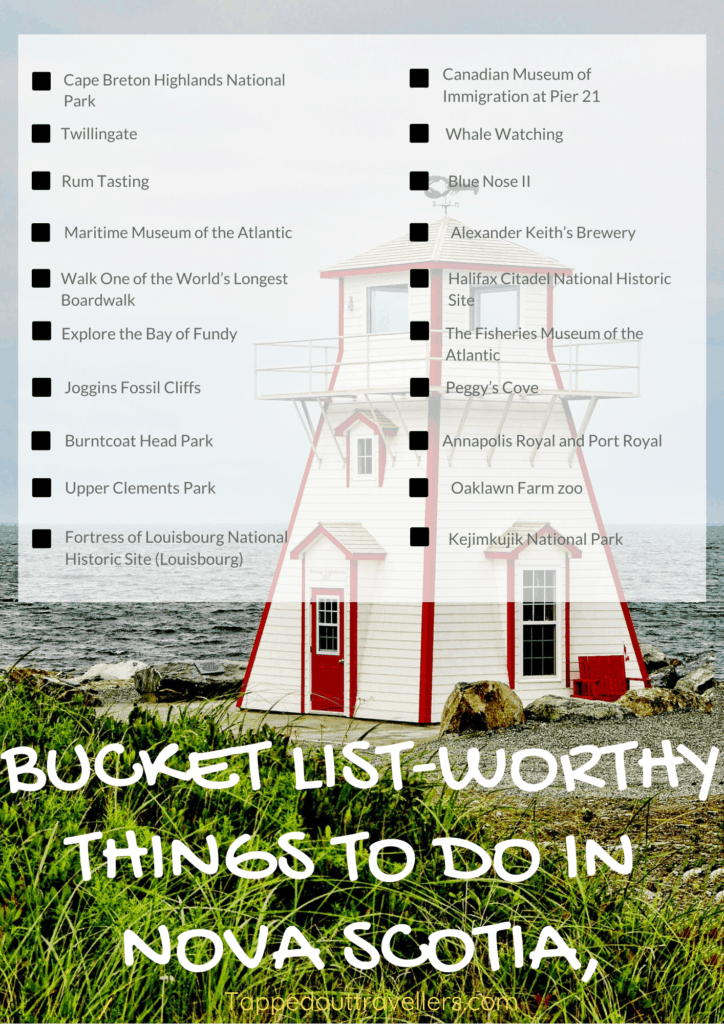Last Updated: August 9, 2025

There’s no question that the hardest part about your visit to Nova Scotia is deciding what to skip. Make the most of your time by exploring our 15 things to do in Nova Scotia with a little off-the-beaten-path adventure.
Having grown up in Nova Scotia and my partner having the majority of his family still living in Atlantic Canada, we venture out East fairly regularly. As a Bluenoser (the fun nickname for Nova Scotians), it is hard to pick a top 15 things to do in Nova Scotia, this article is a summary of some of the best things to do in Nova Scotia.
Must-Visit Places and Attractions in Nova Scotia
Cape Breton Highlands National Park
There are 26 hiking trails that surround the island. They wrap around Cape Breton and take you to amazing views of the coast.
Alexander Keith’s Brewery
Established in 1820, Alexander Keith learned the art of brewing in Northern Ireland before immigrating to Nova Scotia in 1817. The tour is a great mix of songs, stories, and history. By the end of the tour, you will be taken to the underground tavern and offered a few glasses of complimentary India Pale Ale. Children are welcome on the tour and are offered apple juice instead.
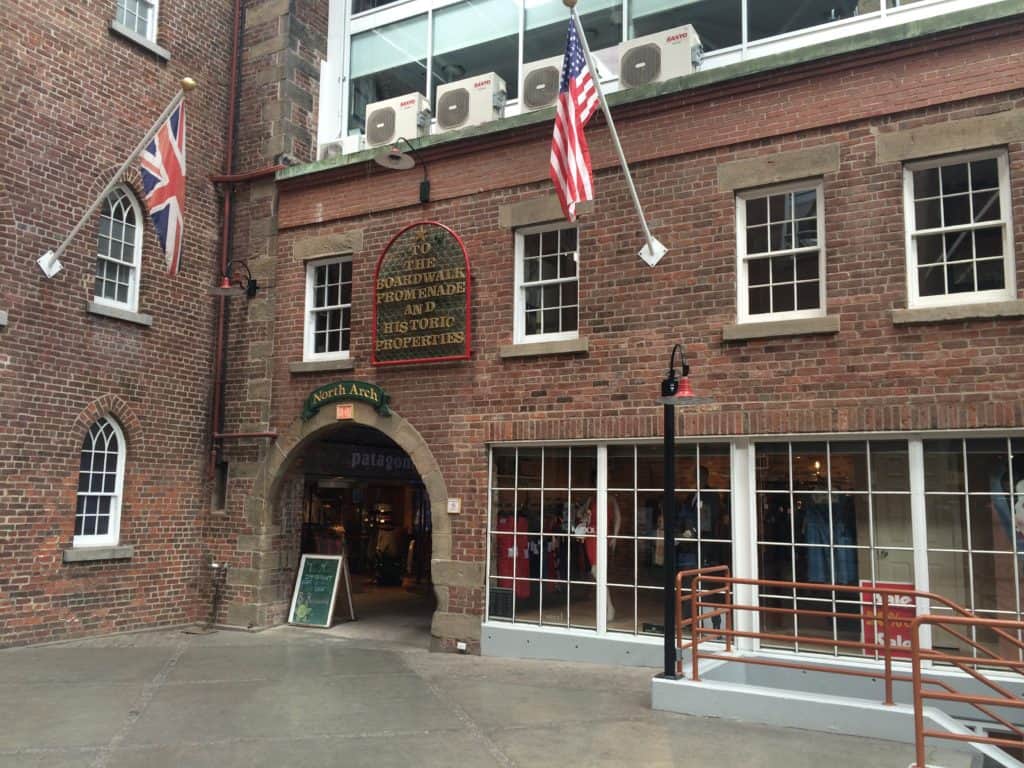
Halifax Citadel National Historic Site
The Halifax Citadel is a must-see stop on any itinerary when visiting Halifax. Majestically set upon an expansive hill overlooking the city, it is part of a series of forts – each one showcasing changes over time to its defenses, each significantly different than its predecessor – that protected Halifax Harbour from 1749 to 1906. It was so strategically important that it was rebuilt three times yet it was never once attacked.
Each day (except for Christmas Day), gunners dressed in the 3rd Brigade Royal Artillery uniform of 1869 fire a cannon to announce the noon hour.
The gun itself is a reproduction 12-pounder, the smooth-bore muzzleloading gun used during the reign of King George III. This is a tribute to Halifax’s history as a major British military stronghold.
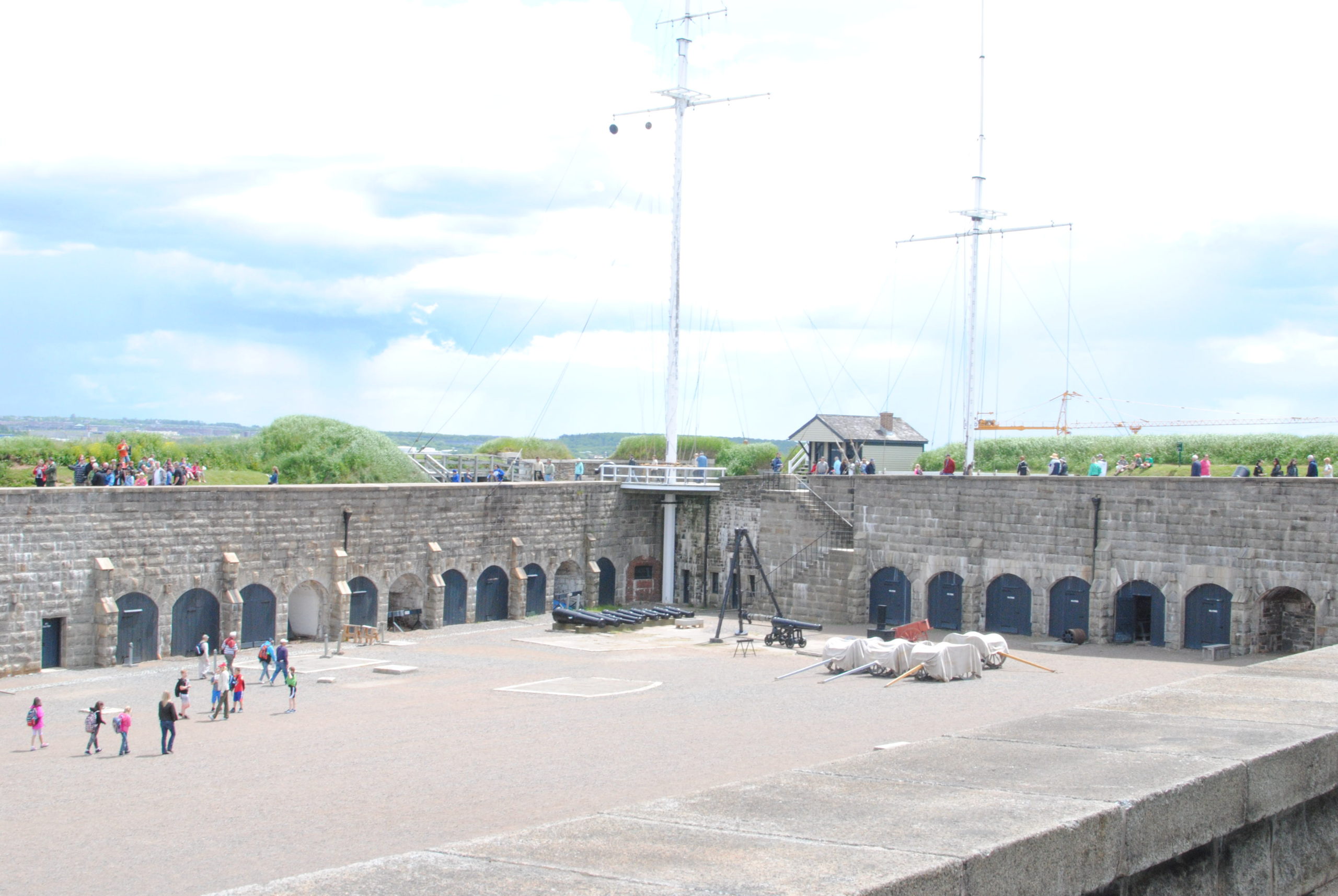
Maritime Museum of the Atlantic
Located in the heart of Halifax’s historic waterfront, The Maritime Museum of the Atlantic is the oldest and largest Maritime Museum in Canada. You can even take a seat in a replica Titanic deck chair or step aboard CSS Acadia.
Canadian Museum of Immigration at Pier 21
The Canadian Museum of Immigration at Pier 21 shares the ongoing story of immigration to Canada from coast to coast to coast, past and present.
Walk One of the World’s Longest Boardwalk
The approximately 3km long wooden boardwalk in Halifax is one of the longest in the world. It winds along the waterfront passing picturesque ships at the dock, plus cute knick-knack shops, historic buildings, restaurants, and seaside snack shacks.
The Fisheries Museum of the Atlantic
The Fisheries Museum of the Atlantic commemorates the fishing heritage of the Atlantic coast of Canada and has recently been named as one of the top 1000 best places to see in the US and Canada before you die. Housed in brightly painted red buildings, with floating vessels at the wharfside, the Museum offers a host of attractions, including a maritime gift shop and restaurant.
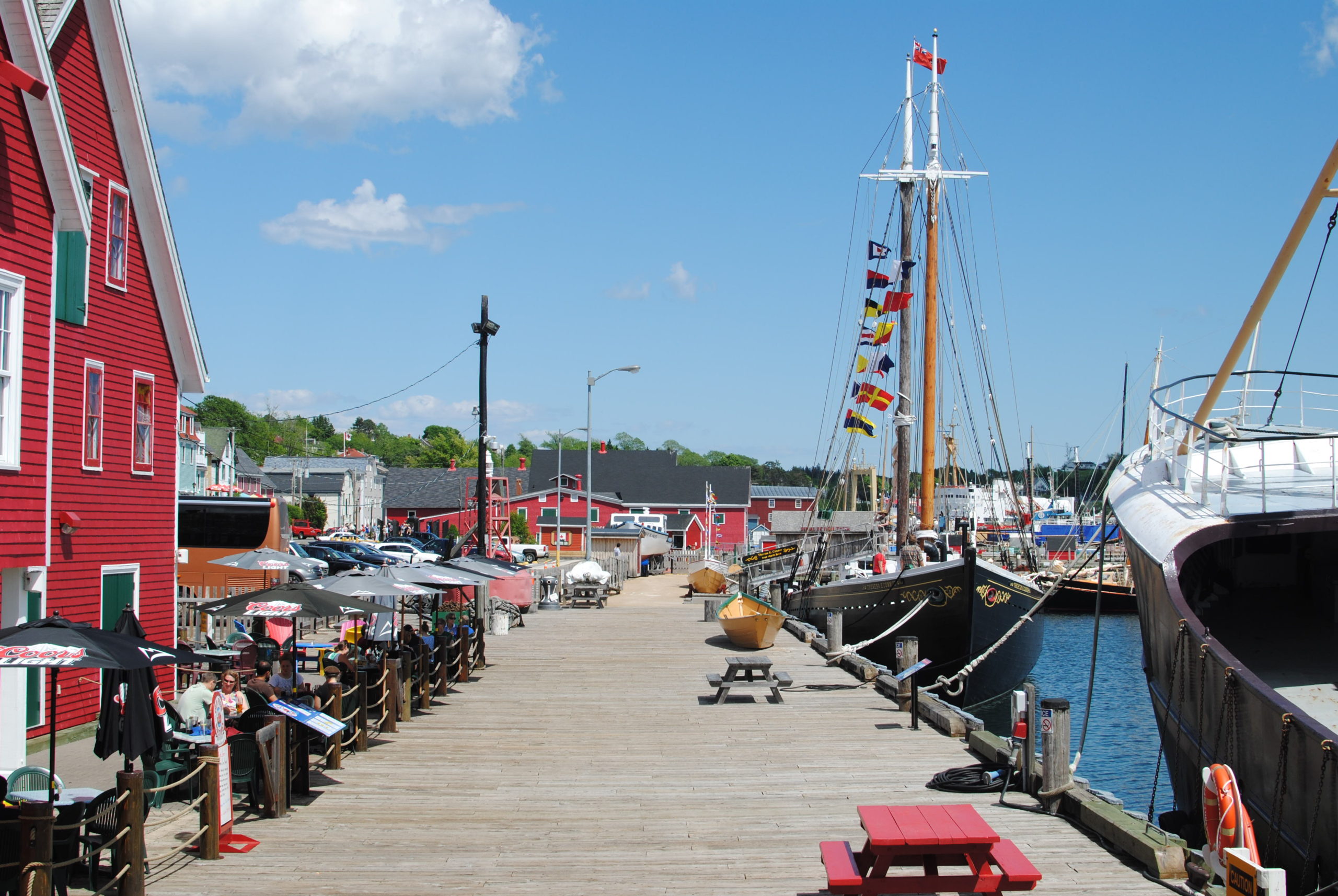
Explore the Bay of Fundy
Climb 300-foot cliffs overlooking waters where 12 species of whales come to mate, play and feast on plankton each year. Later, walk on the ocean floor when the tide has dropped the height of a four-story building.
Peggy’s Cove
Peggy’s Cove Lighthouse, also known as Peggy’s Point Lighthouse, is one of Nova Scotia’s most well-known lighthouses and may be the most photographed in Canada. Located in the quaint fishing village of Peggy’s Cove along the South Shore, Peggy’s Point Lighthouse was built in 1915.
Joggins Fossil Cliffs
The Joggins Fossil Cliffs are 15 km of spectacular coastline along Nova Scotia’s Bay of Fundy. The cliffs were inscribed on the UNESCO World Heritage Site list in 2008. They are one of the great points of pride for Nova Scotians.
There are many things about the cliffs that make them extra special but the most fascinating is that because of the tidal action of the Bay of Fundy new fossils are being exposed constantly. 200 species of fossils have already been found. And more are being revealed all the time!
Much of the cliff face is more than 30 meters in height. Boulders and rocks are constantly falling to the rocky shoreline. These boulders and rocks contain fossils.
The tides withdraw twice daily leaving more boulders and rocks to fall and more fossils to be found. Tides can be as high as 13 meters (42 feet) at Joggins.
Burntcoat Head Park
Nova Scotia has some of the most severe tide fluctuations, with the average tide being 47.5 feet. If you plan it correctly to catch low tide at Burntcoat Head Park, you can take a stroll on the ocean floor. There are not many other opportunities to walk miles on the bottom of the ocean without getting wet!
Annapolis Royal and Port Royal
The area, settled by the French in 1605, is steeped in history. Fort Anne National Historic Site offers the opportunity to be inside what remains of one of the first forts erected in North America, with a museum displaying exhibits from a variety of groups who have populated this intriguing place, including Mi’kmaq, French, British, Acadians, and African Nova Scotians.
Port Royal was one of the first European settlements in North America, the home of Samuel de Champlain as the 1600s dawned, and the first capital of Acadia. Established by the French in 1605, it was destroyed by the British in 1613.
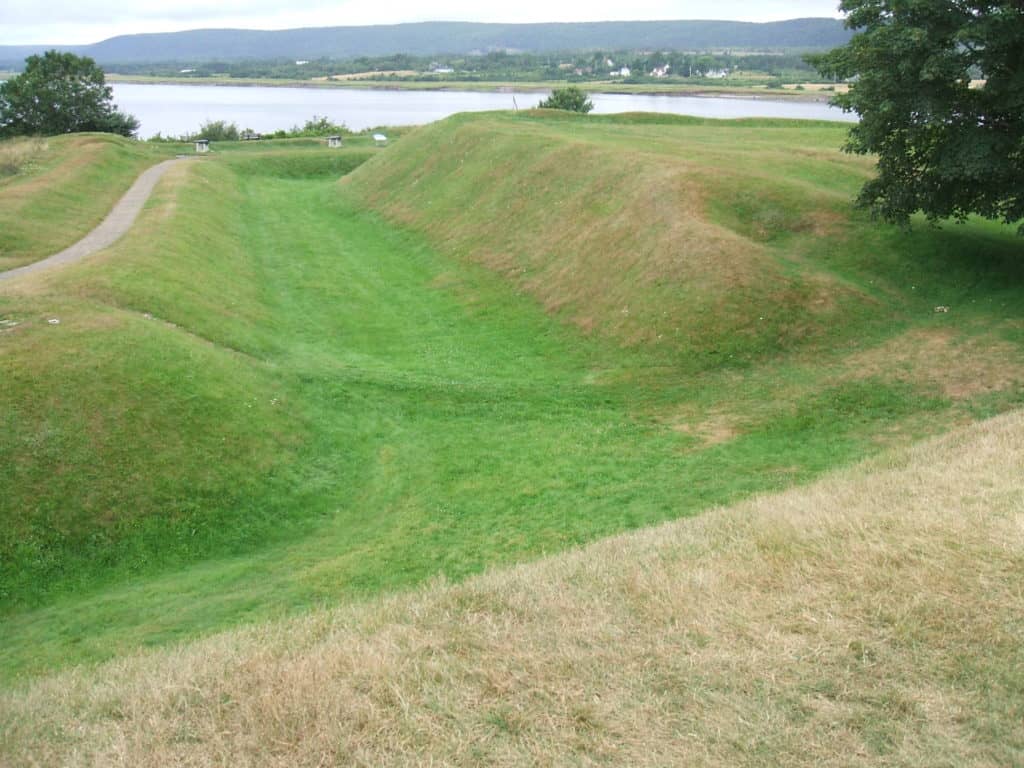
Upper Clements Park
The 75-acre park is loaded with more than 30 rides (including its famous Flume ride and wooden roller coaster), live entertainment, small shops, and food concessions.
Oaklawn Farm zoo
Heading west, be sure to stop in at the 50-acre Oaklawn Farm Zoo in Aylesford, which boasts a number of different mammals, birds, and reptiles and the largest display of cats and primates in the Atlantic provinces. This unique zoo offers a traditional family farm setting but with an unusual mix of exotic animal species. If you enjoy “up close” animal experiences, whether, with chickens or pythons, this is the place for you.

Fortress of Louisbourg National Historic Site (Louisbourg)
The Fortress of Louisbourg is the largest reconstruction project in North America. The original settlement was founded in 1713 by the French and developed over several decades into a thriving center for fishing and trade. Fortified against the threat of British invasion during the turbulent time of empire-building, Louisbourg was besieged twice before finally being destroyed in the 1760s. The site lay untouched until well into modern times when archaeologists began to reconstruct the fortress as it was in the 18th century.
The Canadian province of Nova Scotia is filled with lots of fun things to do. The region has some of the best attractions and breathtaking points of interest, plus lobster—lots of lobster! From activities in Halifax to Cape Breton to Lunenburg, your bucket list will be overflowing.
Your Thoughts...
Please share your thoughts in the comments or reach out on social media...We would love to hear from you.
You May Also Like…

